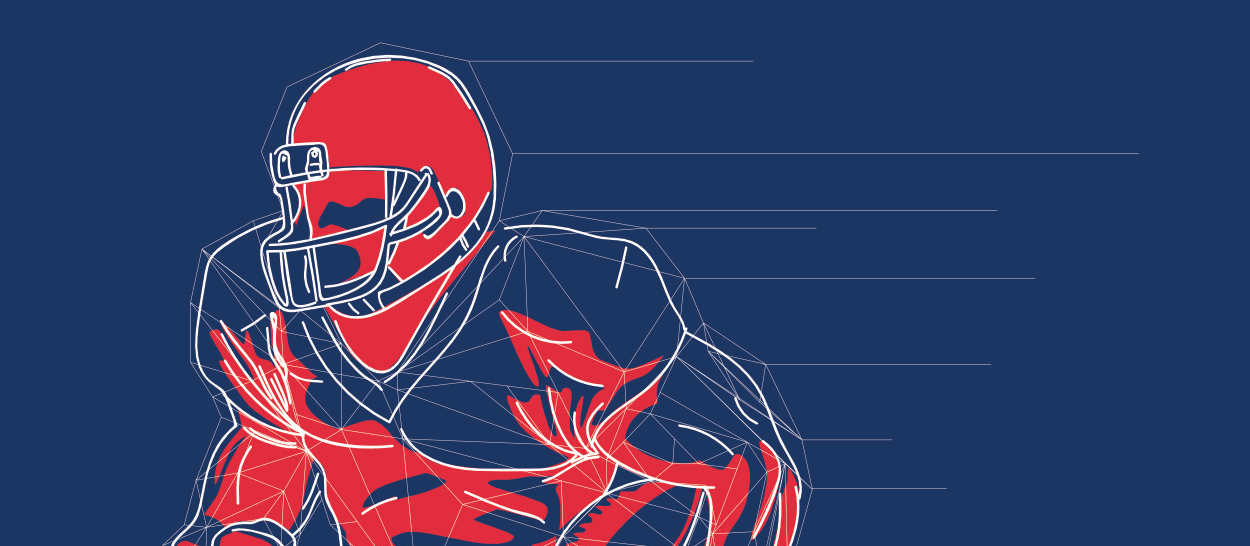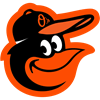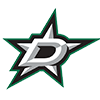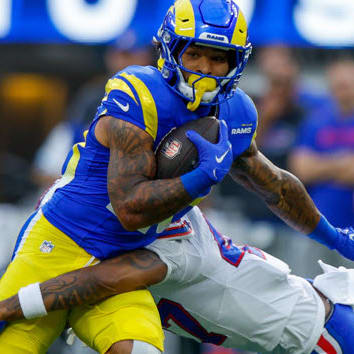In our installment on cash game strategies, we focused on a safe floor serving as the literal and figurative foundation for your daily fantasy lineup. As explained, since cash games do not require that you finish ahead of the vast majority of a large field in order to see an appreciable return, you're free to primarily focus on identifying which players might provide you the best safety net in terms of fantasy production.
However, finding success in Guaranteed Prize Pools (GPPs) requires a shift in strategy. GPPs require that one finish very near the top of the field, relative to the size of the contest, in order to see a significant return on investment. As a result, some risk tolerance and a willingness to embrace variance can serve as two of the most important components of GPP strategy in NFL DFS.
GPP Contest Types
Large-field tournaments: These are often the most popular contests in DFS, as they offer the largest prize pools in terms of overall value. In fact, large-field tournaments are very likely what may have put DFS on your radar. Due to the size of many of these contests, as well as the fact that they often pay out 20 percent of the field or less, they also can be quite challenging to place in.
Leagues: This is another format that will look familiar to season-long aficionados, as they are basically one-week versions of a typical season-long, salary-cap, points-based league. They are structured like tournaments in that under half the field is paid, but they differ in that they do not run if they are not filled. In a sense, they are like a GPP/cash game hybrid, but for purposes of discussing strategy, they fit best within the GPP category.
In Search of High Ceilings
Having extensively discussed the importance of reliability in our installment on cash game strategy, it's now time to throw caution to the wind! GPP strategy in NFL DFS can often be the polar opposite of cash game thinking, as you're seeking to maximize the number of points and looking for some extraordinary performances in order to have a chance to cash big in tournaments.
This means that when building a tournament lineup in daily fantasy football, we're much less concerned with the floor for each player and more focused on his ceiling, or potential upside. We're looking for a least a few "boom or bust" types when building such a roster, players that have the potential to go off for two or three touchdowns and a 150 yards, for example, but that also carry the risk of putting up three receptions for 22 yards and no scores.
Martavis Bryant was used a good example of such a selection in our cash game installment, as he certainly has the ability for a mammoth outing due to his breakaway speed, but he can also see significantly reduced targets or fail to connect on some low-percentage bombs on certain weeks. There are certainly an abundance of examples across the other skill positions as well, though as we've emphasized previously, receivers' performances tend to carry an especially high level of variance.
One important distinction to make with respect to building GPP lineups is that despite the importance of tabbing players with high ceilings, this doesn't equate to simply stocking your lineup with a slew of highly volatile players that have minimal reliability. Doing so can easily result in a complete wash-out of a week and a sizable hit to your bankroll. Rather, the ideal approach is to fill in with as many players that offer both a safe floor and an above-average amount of upside and then try to sprinkle in at least a couple of plays where the safety factor may be considerably in question, but the upside is potentially explosive. This type of roster structure gives you the optimal opportunity to maximize the potential of each selection, and sets you up for a potential windfall if the cards all fall in your favor.
The Importance of Ownership Percentage in GPPs
Another important tenet of GPP strategy is ownership percentages. Because GPPs, especially those with large fields, are challenging to cash in, it's extremely beneficial to have at least one or two low-owned players go off for stellar performances. If the other more conventional selections in your lineup deliver as expected, this unexpected boon of points will allow you to shoot up the leaderboards due to the relatively few teams that also have those players on their rosters.
Anticipating ownership percentages is certainly not an exact science, but there are a handful of factors that can be tracked in order to gain insight.
For example, with the amount of time between each new NFL week, there is plenty of opportunity to review tout articles and listen to podcasts to get a feel for the players that are most consistently and highly recommended in any given slate. While these players are usually highly desired and suggested for very valid reasons, they also are the ones most likely to be highly owned in tournaments that particular week. Even if they perform every bit as well as expected, you won't make much headway in tournaments if you're bogged down in the standings due to your roster looking very similar to a majority of the field.
Another perhaps more nuanced tactic is to jump on star players who are in a perceived "bad matchup" that particular week. This approach can bring about some very positive results, if the talent of these players allows them to overcome the challenge the opposition presents and they generate their customary level of production. There's certainly risk involved, but the payoff can be significant due to relatively few other contestants who'll be in a position to benefit.
Finally, another strategy that is unique to FanDuel is to review ownership reports following the lock of Thursday-Sunday contests. Many times, these can give you solid insight into what the ownership levels might be for players that will be on the Sunday-Monday or Sunday-only slates, as the numbers tend to be similar. The same advantage can't be had on DraftKings, as due to their late swap feature, they do not reveal ownership percentages for players until the game they're participating in kicks off.











































